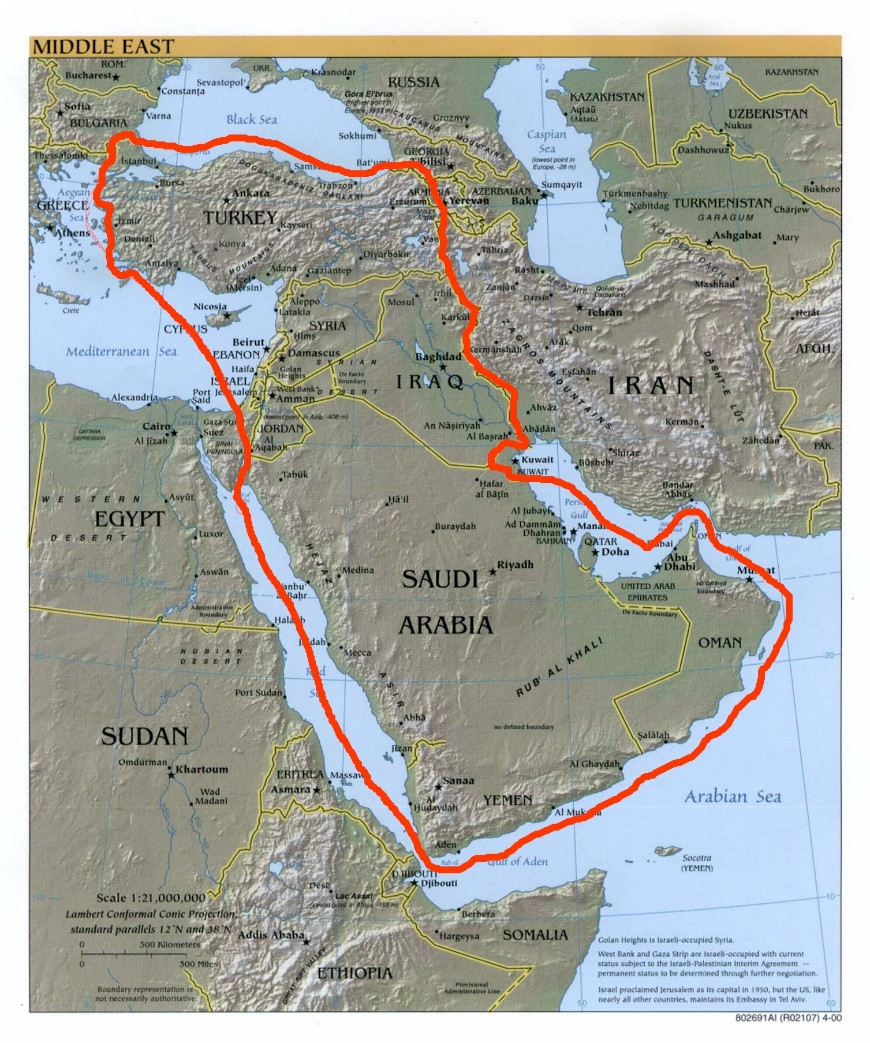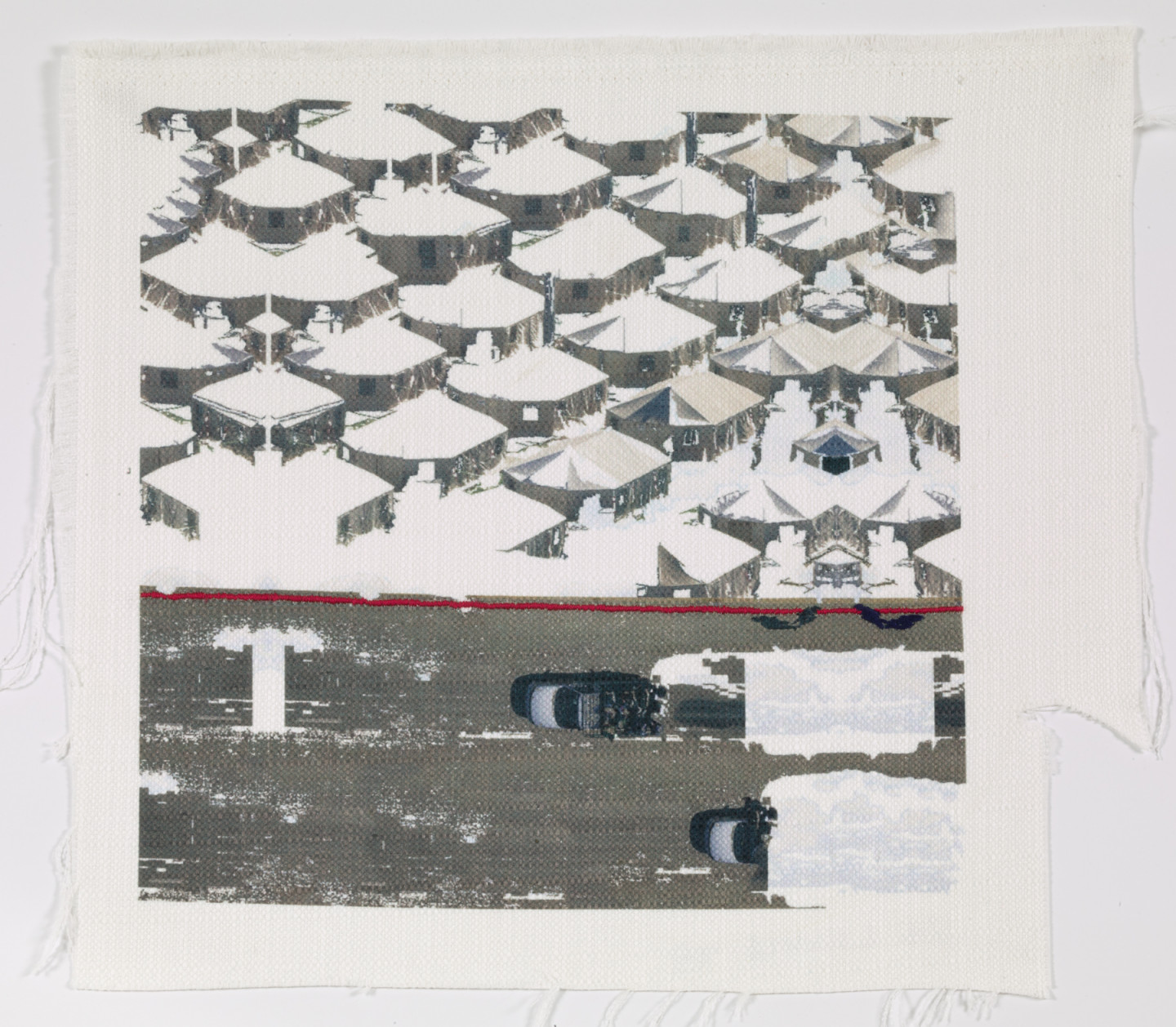
"The Red Line" equates the systematic denial of a multitude of services by government agencies or private sector industries to underserved populations - the practice of "fencing off" communities – with the difficulties people have trying to illegally cross the Border. As a metaphor, it examines how social inequities are created and sustained by perpetuating fictions between cultural, racial, and class distinctions. Like the Border, in the U.S., the Red Line is an internal physical and societal boundary that is almost impossible to traverse.
Note: The Red line, or "to cross the red line", is a phrase used worldwide to mean a figurative point of no return or line in the sand, or "a limit past which safety can no longer be guaranteed.
The origin of the phrase in English traces back to the "Red Line Agreement" [1] in 1928 between the largest oil companies of Britain, the USA, and France at the time of the end of the Ottoman Empire. At the time of signature, the borders of the former empire were not clear, and to remedy the problem, an Armenian businessman named Calouste Gulbenkian, took a red pencil to draw in an arbitrary manner the borders of the divided empire.
The expression remained significant to global diplomacy and was reused during the U.N.'s founding after the WWII, especially in the English-speaking world. Uniquely, in France one would "cross the yellow line".
https://web.archive.org/web/20150120155955/https://www.wsj.com/articles/SB10001424127887323993804578612210634238812 https://www.washingtonpost.com/news/wonk/wp/2018/03/28/redlining-was-banned-50-years-ago-its-still-hurting-minorities-today/
Additional references: The Red Line associated boundaries - Digital relining, Environmental Racism, Gerrymandering, Housing Segregation, white flight.
